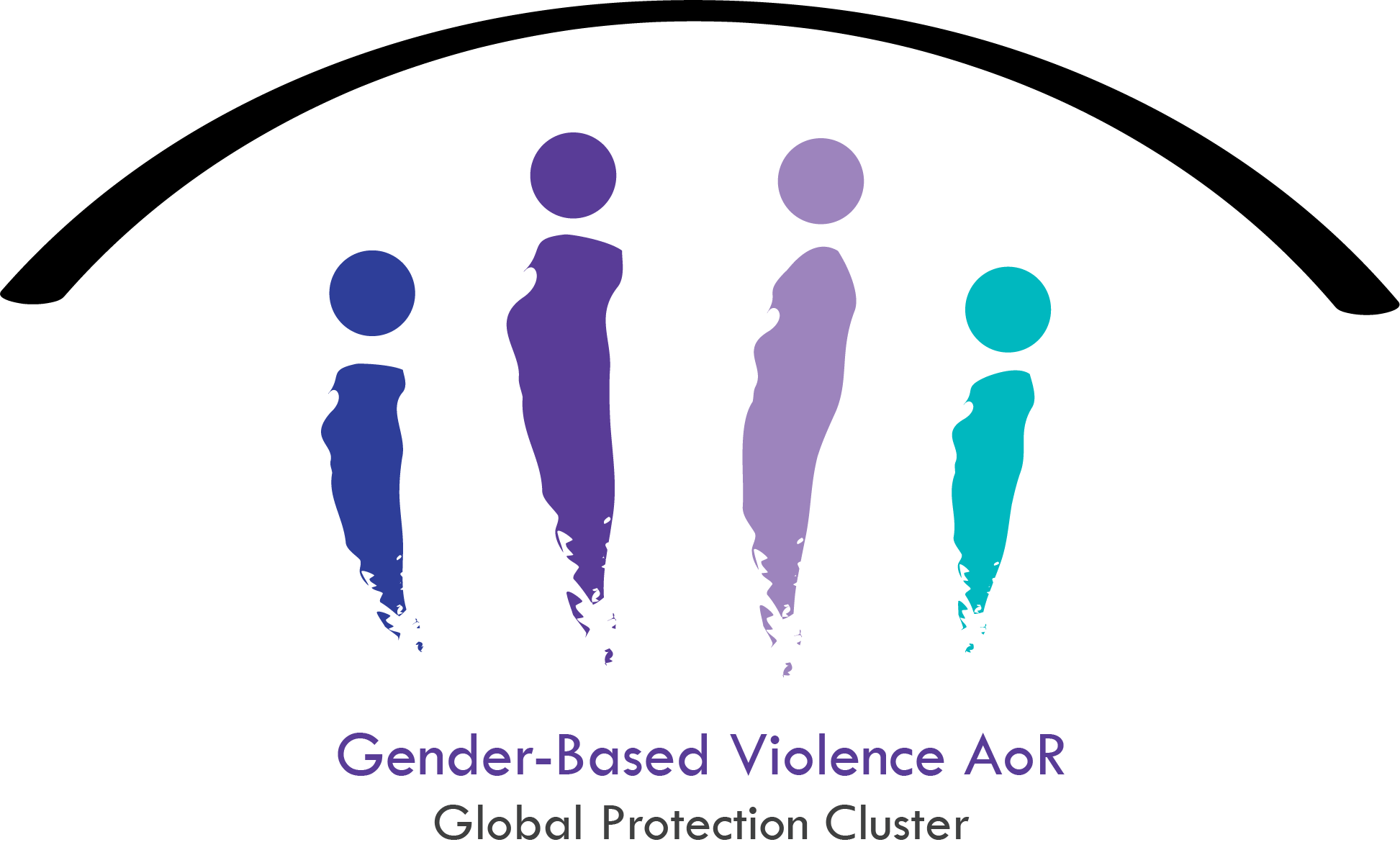Search Results for “”
Webinar Series: Intersections of Disability and GBV. Webinar 1: Overview of the IASC Disability Guidelines
Building on previous initiatives relating to disability inclusion in GBV programming, the GBV AoR Community of Practice and the Women's Refugee Commission, with support from the Australian Government, present a webinar series about the IASC Disability Guidelines and its intersection with Gender-based Violence. An estimated 15 percent of people globally have a disability, with higher proportions among populations affected by crisis and conflict. Persons with disabilities may face added discrimination due to the intersection of age, gender, disability and other factors, which increases their risk to violence, abuse and exploitation. A range of attitudinal, physical and communication barriers impede their participation and inclusion in humanitarian programs, including GBV prevention and response and gender equality initiatives. The IASC Guidelines on Inclusion of Persons with Disabilities in Humanitarian Action requires that all phases of humanitarian action are disabil...
Webinar Series: Intersections of Disability and GBV- Webinar 2: IASC Disability Guidelines and intersections with GBV
Building on previous initiatives relating to disability inclusion in GBV programming, the GBV AoR Community of Practice and the Women's Refugee Commission, with support from the Australian Government, present a webinar series about the IASC Disability Guidelines and its intersection with Gender-based Violence. An estimated 15 percent of people globally have a disability, with higher proportions among populations affected by crisis and conflict. Persons with disabilities may face added discrimination due to the intersection of age, gender, disability and other factors, which increases their risk to violence, abuse and exploitation. A range of attitudinal, physical and communication barriers impede their participation and inclusion in humanitarian programs, including GBV prevention and response and gender equality initiatives. The IASC Guidelines on Inclusion of Persons with Disabilities in Humanitarian Action requires that all phases of humanitarian action are disabil...
Webinar Series: Intersections of Disability and GBV - Webinar 3: Moving Things Forward
Building on previous initiatives relating to disability inclusion in GBV programming, the GBV AoR Community of Practice and the Women's Refugee Commission, with support from the Australian Government, present a webinar series about the IASC Disability Guidelines and its intersection with Gender-based Violence. An estimated 15 percent of people globally have a disability, with higher proportions among populations affected by crisis and conflict. Persons with disabilities may face added discrimination due to the intersection of age, gender, disability and other factors, which increases their risk to violence, abuse and exploitation. A range of attitudinal, physical and communication barriers impede their participation and inclusion in humanitarian programs, including GBV prevention and response and gender equality initiatives. The IASC Guidelines on Inclusion of Persons with Disabilities in Humanitarian Action requires that all phases of humanitarian action are disabil...
Gender-Based Violence, Girls’ and Women’s Rights in the Central Sahel
CARE International, Plan International, UNFPA and the GBV AoR have organized a virtual high-level side event on the theme: “Gender-Based Violence, Girls’ and Women’s Rights in the Central Sahel”, on the margins of a Ministerial Roundtable on Central Sahel, taking place on the 20th, October 2020, in Copenhagen, Denmark. The high-level side event is scheduled for tomorrow, Friday, 16 October 2020, from 3:30 to 5:00 CEST (13:30 in Dakar, 14:30 in Abuja, 4:30 in Nairobi). The aim of the event is to give voice to women and girls from Mali, Niger and Burkina Faso, and to draw attention to gaps and needs to prevent, mitigate risks and respond to GBV in the Central Sahel. It will call for concrete engagements by multiple stakeholders liking with the Call to Action on the Prevention from GBV in emergencies and advocate for global solidarity around girls’ and women’s rights and the elimination of gender-based violence.
Coffee with CASI (Child and Adolescent Survivors Initiative) - GBVAoR 2020
16 Oct, 2020
To commemorate the International Day of Girl, the Child and Adolescent Survivor Initiative (CASI) has released a special podcast describing its work and how it has changed during the COVID emergency. CASI is a joint undertaking by Child Protection and Gender-Based Violence Area of Responsibilities seeks to improve linkages between actors working in humanitarian settings so that child and adolescent survivors receive services that meet their needs. This initiative is provided with the support of the International Rescue Committee, the Norwegian Capacity (NORCAP) expert deployment, in conjunction with the Swiss Development Agency. CASI provides inter-agency support to country-level CP and GBV coordination mechanisms and service providers on the response to child and adolescent survivors. To learn more about the CP/GBV Area of Responsibility, please contact jennifer.lee@rescue.org
